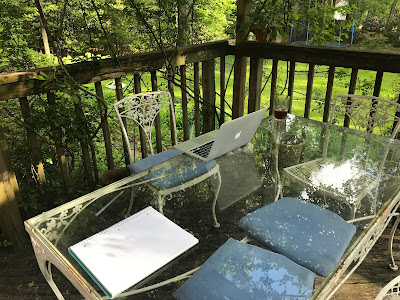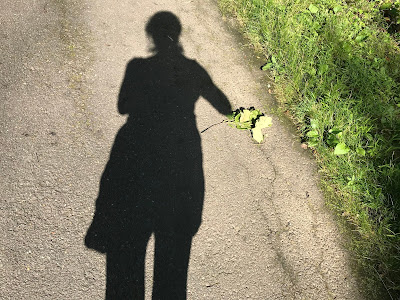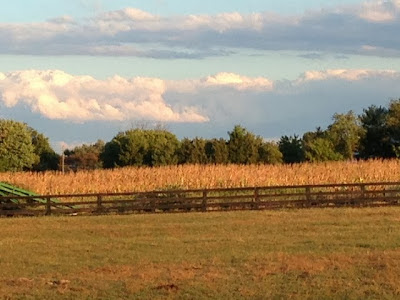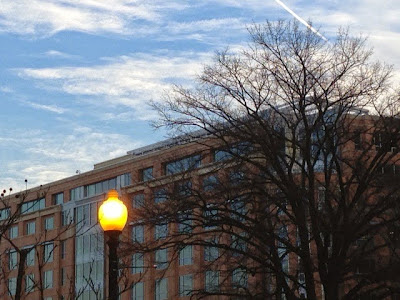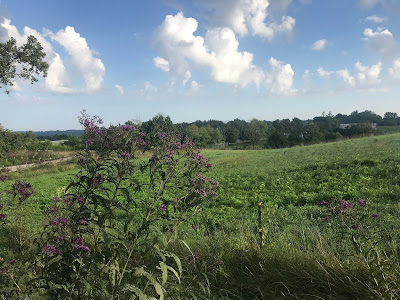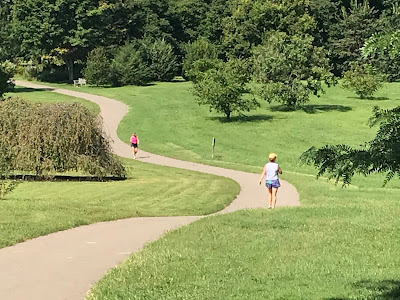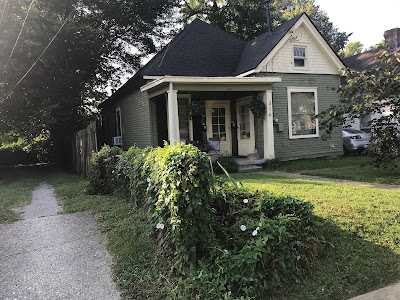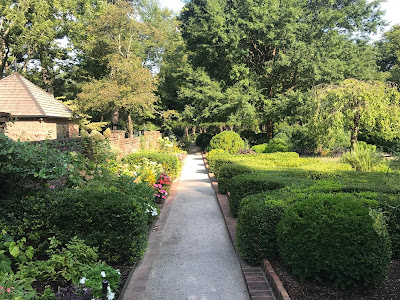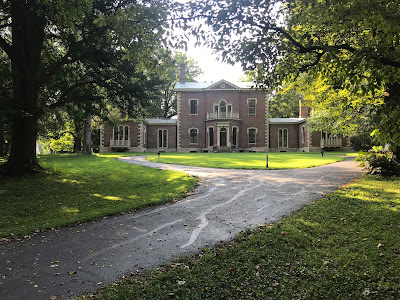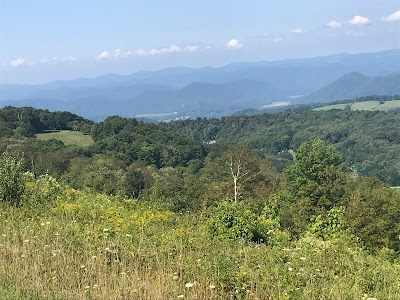Labor Day?
It’s my first Labor Day without a paid, full-time job to return to the next day. Does it feel different? Strangely enough, not much. I’ve known for a long time that what drives me is more internal than external.
So there will be no 8 a.m. start time, no Tuesday 1 p.m. meeting — but there will be a to-do list — reading to finish, a class to attend, an appointment. And then there are the everyday tasks, the ones I don’t have to list: writing, walking, posting here.
It has me thinking — what is labor, anyway? And what is leisure?
“Work consists of whatever a body is obliged to do, and play consists of whatever a body is not obliged to do,” said Mark Twain.
But sometimes a body enjoys what it is obliged to do so much that it doesn’t seem like work. And now that my working life has changed, I realize that to make it full and rich I must insert tasks that I’m not obliged— and am maybe even afraid — to do. Is that labor? Is it leisure?
On this sunny Labor Day, with a light breeze rifling the papers on my outside “desk” (the glass-topped table) … I say, who cares?
